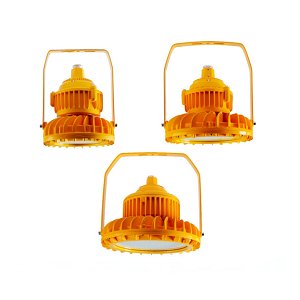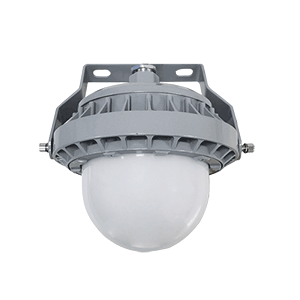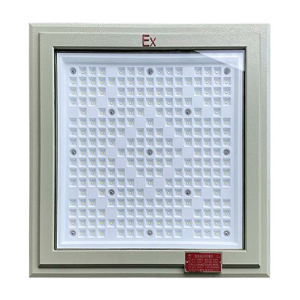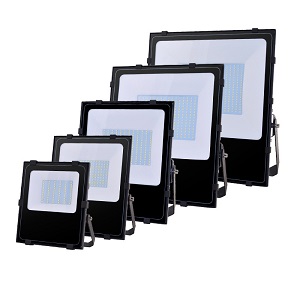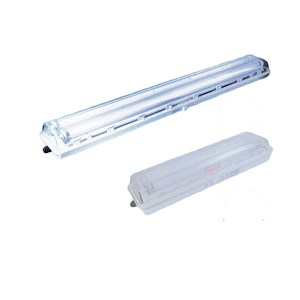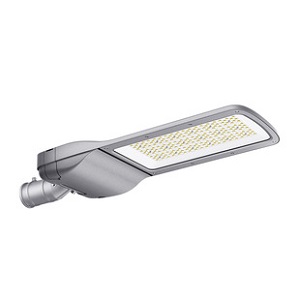Explosion proof head torch: intelligent lighting innovation for safe production in automotive factories
First, the special risks of automotive manufacturing and explosion-proof lighting needs
Automotive manufacturing plant involves paint shop [containing xylene, acetone vapour], power battery workshop [hydrogen release risk], welding area [metal dust] and other typical explosive environments [ATEX Zone 1/2].
Traditional lighting tools in the following scenarios are fatal:
1. Ignition by sparks: The switching arc of an ordinary torch will probably ignite the vapours in the paint booth [e.g. ethanol Lower Explosive Limit (LEX) is only 3.3%].
2. Static build-up: friction voltage can reach 20kV when the carpet is laid in the assembly workshop, and ordinary plastic shells are prone to discharge.
3. chemical corrosion: electrophoresis coating line acid and alkali mist leads to high-speed corrosion of metal parts explosion-proof flashlight approved intrinsically safe design, anti-static materials and intelligent monitoring function, for the automotive plant stamping, welding, painting, final assembly of the whole process of supplying security.
Δεύτερον, Explosion proof head torch in the automobile factory seven core application scenarios
1. Paint spraying robot track inspection
Paint shop robot slide rail need to regularly check the lubricant residue and mechanical wear. Explosion proof head torch with Ex ia IIC T4 certification ensures safe use in Zone 0 area, magnetic base adsorption on the side of the track, supplying no shadow lighting, and accurately identifying 0.1mm level scratches.
2. Power battery pack air tightness testing
Lithium battery module packaging may leak electrolyte vapour [containing flammable carbonate]. Equipped with combustible gas sensor Explosion proof head torch, automatic alarm when detecting VOC concentration > 50ppm, and its perfluoroether rubber seal resists electrolyte corrosion.
3. Welding workshop metal dust monitoring
Resistance welding/laser welding produces zinc and aluminium dust up to 40g/m³ when there is a risk of deflagration. Explosion-proof flashlight with built-in PM2.5 laser sensor triggers a red warning light when the dust concentration exceeds the standard, guiding personnel to start the dust removal system.
4. Electrophoresis tank internal coating inspection
The pH value inside the cathodic electrophoresis tank reaches 12.5, and ordinary lamps are easily corroded by alkaline solution. 316L stainless steel explosion-proof flashlight with IP69K protection and 2000 lumens of cold white light can clearly observe the uniformity of coating inside the tank.
5. Assembly line anti-static lighting
Seat foam friction during the installation of interior trim is prone to generate static sparks. Explosion proof head torch shell surface resistance <10⁶Ω, with grounding wrist strap, the electrostatic charge into the earth to eliminate the risk of ignition.
6. Emergency response to leakage of hazardous chemicals warehouse
Brake fluid, coolant storage area needs explosion-proof lighting. Explosion proof head torch explosion-proof level should cover class IIB gas [such as methanol], its SOS flash mode can penetrate the smoke to mark the leakage point.
7. Night security patrol
The periphery of the plant pipelines, substations need to be explosion-proof patrol. Explosion proof head torch 1km long-range function with thermal imaging accessories, can be in -30 ℃ environment to detect illegal invasion or equipment overheating.
Τρίτον, Explosion proof head torch six core technology breakthroughs
1. Intrinsically safe explosion-proof system
| Type of explosion protection | Applicable scenes | Certification standards |
| Intrinsically safe (Ex ia) | Paint spray booth (Zone 0) | IECEx IEC 60079-11 |
| Explosion-proof (Ex d) | Battery workshop (Zone 1) | ATEX Directive 2014/34 |
| Pouring type (Ex m) | Welding zone (Zone 2) | GB 3836.9-2014 |
2. Material science and protection innovation
Anti-chemical corrosion: PEEK resin head to resist electrophoretic paint acidic mist [pH 2-13] Mechanical shock: approved 2 m drop test and IK10 impact rating [withstand 20J impact] static dissipation: carbon fibre composite shell [surface resistance 10⁴-10⁶Ω].
3. Intelligent Sensing and Data Interconnection
Multi-parameter detection: simultaneous monitoring of environmental temperature and humidity, combustible gas concentration, dust PM value Bluetooth Mesh networking: 10 devices network covering 5,000 square metres of workshop, real-time data uploaded to the MES system.
4. Optical system upgrade
Shadowless lighting technology: COB surface light source + honeycomb lens, eliminating the visual blind spot during mechanical assembly Spectrum adjustable: white light [detection of cosmetic defects], 365nm ultraviolet light [leakage detection fluorescent agent tracking].
5. Energy Management Innovation
Super fast charging: PD3.1 protocol supports 28V input, 15-minute charging for 8 hours of operation Dual-battery redundancy: backup capacitor automatically supplies power for 30 minutes in case of main battery failure.
6. Human-machine interaction improvement
Voice control: noisy environment to approve the command to switch the lighting mode [‘very bright mode’ ‘SOS’] AR projection: projected on the surface of the equipment maintenance guidelines animation, reduce training costs.
Fourth, the automotive plant selection Explosion proof head torch three steps
Step 1: Hazardous area classification matching
| Production unit | Hazardous source | Explosion-proof level requirement |
| Painting workshop | Xylene vapour | Ex ia IIC T3 |
| Battery workshop | Hydrogen release | Ex d IIC T1 |
| General assembly workshop | Ethanol cleaning agent | Ex ib IIB T4 |
Step 2: quantitative selection of performance parameters
Brightness and endurance: precision assembly area: 500 lumens + colour rendering index Ra> 90, endurance ≥ 10 hours
Outdoor inspection: 1200 lumens + spotlight mode, holding help -30 ℃ low-temperature operation
Special features: whether the explosion-proof flashlight and AGV navigation system linkage? Is it required to approve the IATF 16949 automotive industry special certification?
Step 3: Verify Compliance and Extensibility
Check whether the explosion-proof certificate contains special tests for the automotive industry [e.g. salt spray test >1000 hours] and assess whether it can help with future upgrades [e.g. the addition of UWB positioning modules].
Fifth, Explosion proof head torch operation and maintenance and digital management
1. preventive maintenance system: daily: clean the heat sink dust, check the sensitivity of the switch monthly: test airtightness [differential pressure decay <0.5mbar/min] annual: third-party explosion-proof performance re-inspection
2. digital management platform: approval of the IoT platform to monitor the flashlight location, battery health, the frequency of use of automatic generation of equipment replacement warning [such as LED light failure > 30%].
3. Accident emergency protocol: found shell cracks immediately isolate the device, scanning code to report the system to lock the maintenance work order explosion-proof structure is damaged to start the NFC chip self-destruction function to prevent misuse
Έξιth, the future momentum: the Internet of vehicles and explosion-proof lighting depth of integration
The next generation of Explosion proof head torches will be implemented:
Digital twin mapping: scanning equipment QR code automatically access 3D maintenance drawings
Hazard warning front: approval of the workshop gas diffusion model to prejudge the risk area 10 minutes later
Energy self-sustaining: wireless charging using the vibration energy of the car plant, never resting on electricity
FAQ: about Explosion proof head torch common problems
Q1:What areas of the automobile factory must use explosion-proof flashlight?
A: All combustible gas/dust release points within 15 metres, including but not limited to paint booths, battery packaging lines, oil depots and so on.
Q2: Can explosion-proof flashlights be used for electric vehicle high-voltage electric inspection?
A: Yes, but it should additionally meet the CAT III 1000V electrical insulation level and be used in conjunction with insulated tools.
Q3: How to prevent the torch from being polluted by paint?
A: Choose nano oleophobic coating models, stains can be wiped with special cleaners, and solvents such as tannas are prohibited.


